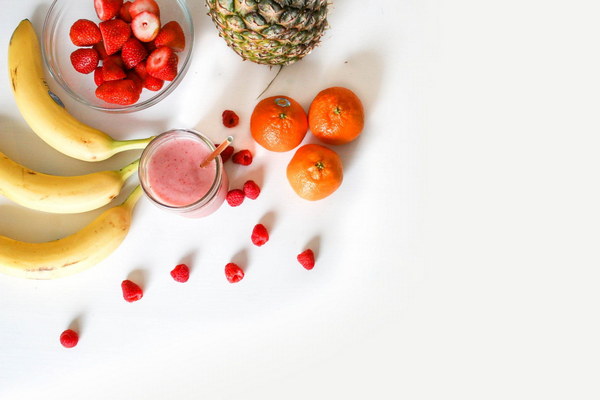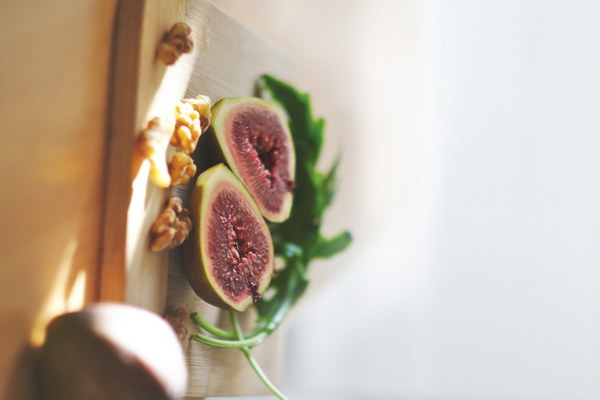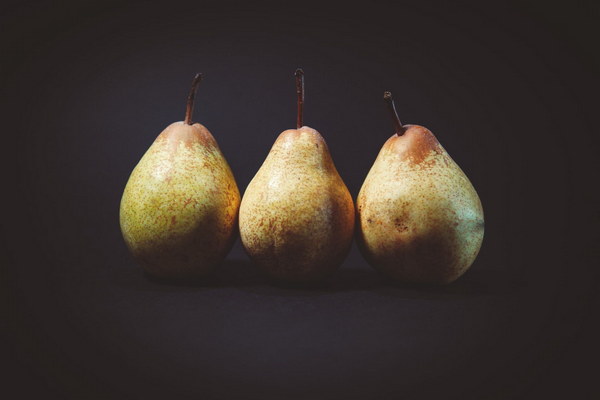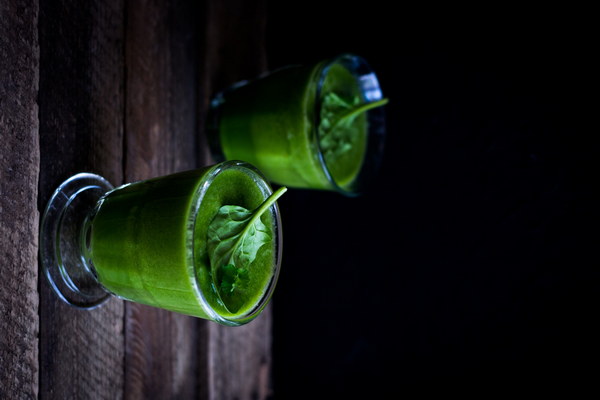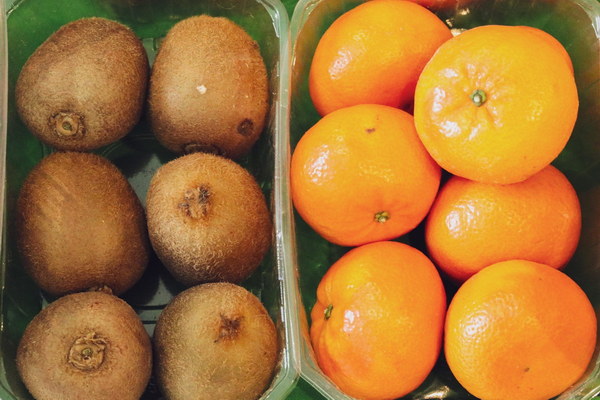Top Traditional Chinese Herbs for Eliminating Dampness A Comprehensive Guide
The Top Traditional Chinese Herbs for Eliminating Dampness: A Comprehensive Guide
In Traditional Chinese Medicine (TCM), dampness is considered a common and significant factor contributing to various health issues. Dampness is believed to be an excess of fluid in the body, which can lead to conditions such as fatigue, weight gain, bloating, and digestive problems. The good news is that TCM offers a variety of herbs that can help eliminate dampness and restore balance to the body. Below is a comprehensive guide to some of the most effective traditional Chinese herbs for dampness relief.
1. Cang Zhu (Atractylodes macrocephala)
Cang Zhu is one of the most well-known herbs for dampness. It is often used to treat conditions where dampness leads to symptoms such as abdominal distension, fatigue, and loose stools. Cang Zhu is believed to help dry dampness and improve digestion.
2. Fu Ling (Poria cocos)
Fu Ling is a mushroom-like herb that is commonly used in TCM to absorb dampness. It is often combined with other herbs to treat dampness-related conditions like edema, frequent urination, and general fluid retention.
3. Bai Zhu (Atractylodes macrocephala)
Bai Zhu is another herb in the Atractylodes family, similar to Cang Zhu. It is often used to strengthen the spleen and stomach, which can help alleviate dampness-related symptoms such as fatigue, bloating, and loose stools.
4. Ling Zhi (Ganoderma lucidum)
Ling Zhi, or reishi mushroom, is not only revered for its immune-boosting properties but also for its ability to clear dampness. It is believed to help improve energy levels and support overall well-being by expelling dampness from the body.
5. Huang Qi (Astragalus membranaceus)
Huang Qi, or Astragalus, is another staple in TCM. It is known for its ability to boost the immune system and also for its dampness-clearing properties. It is often used in combination with other herbs to treat chronic dampness-related conditions.
6. Shan Zhu Yu (Fructus Corni)
Shan Zhu Yu, or Cornelian cherry, is used in TCM to nourish the kidneys and alleviate dampness. It is particularly beneficial for those with dampness-related kidney issues, such as lower back pain, weak knees, and frequent urination.
7. Bai Zi Ren (Semen biotae)
Bai Zi Ren, or biota seed, is a cooling herb that is used to clear dampness and heat from the body. It is often used in formulas for damp-heat conditions, which can manifest as skin issues, fever, and irritability.
8. Chuan Niu Xi (Cortex cinchonis)
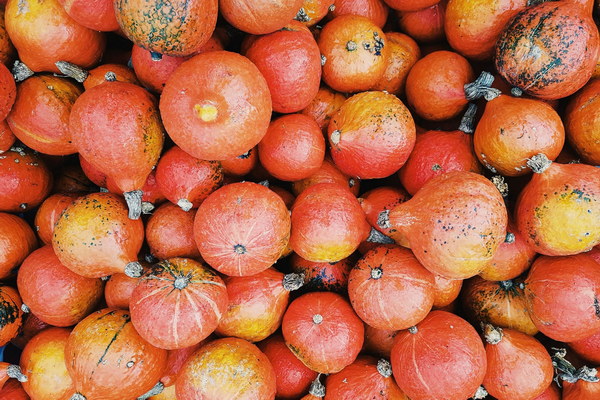
Chuan Niu Xi is a root that is used to treat dampness and weakness, particularly in the legs and knees. It is often included in formulas for joint pain, arthritis, and general weakness due to dampness.
9. He Huan Pi (Mimosa pudica)
He Huan Pi, or sensitive plant bark, is used to clear dampness and promote urination. It is helpful for conditions where dampness is causing fluid retention, such as edema and bloating.
10. Fu Ling Pi (Poria cocos)
Fu Ling Pi is the outer skin of the Fu Ling mushroom and is used in TCM to dry dampness and stop diarrhea. It is often combined with other herbs to treat dampness-related digestive issues.
Incorporating these herbs into a TCM regimen can help alleviate the symptoms of dampness. However, it is important to consult with a qualified TCM practitioner before starting any herbal treatment, as they can provide personalized advice and ensure that the herbs are used safely and effectively in conjunction with any other treatments or medications.
Remember that while herbs can be a powerful tool in the treatment of dampness, they are just one part of a holistic approach to health. A balanced diet, regular exercise, and adequate rest are also crucial for maintaining good health and overcoming dampness-related conditions.
